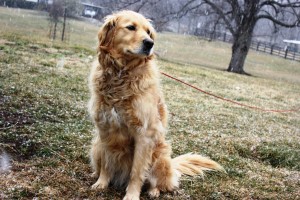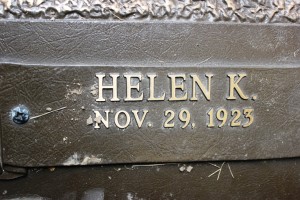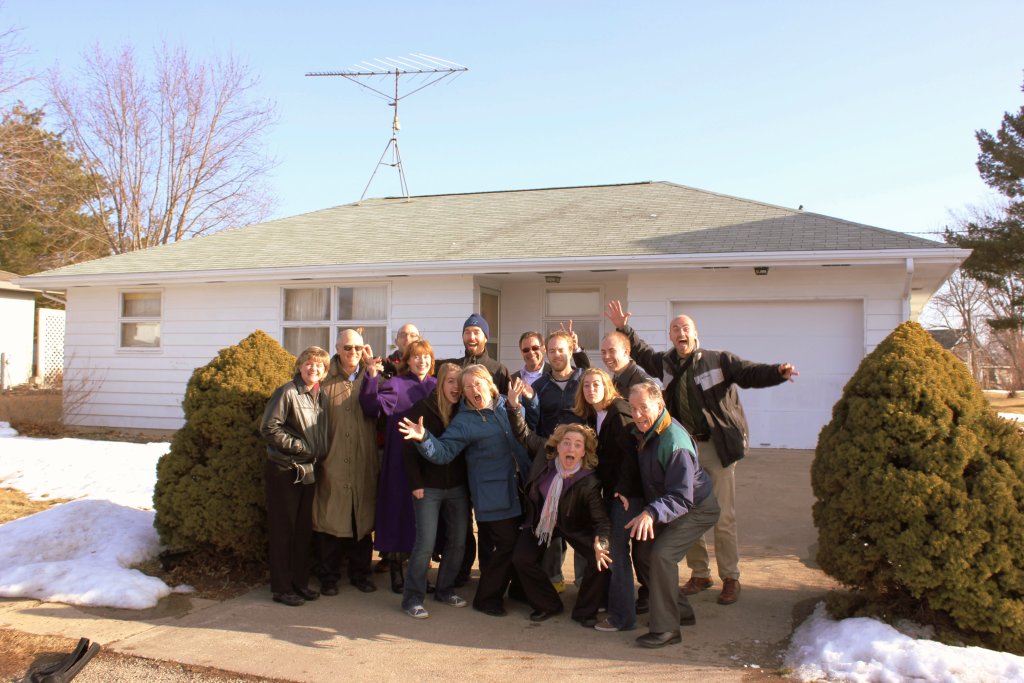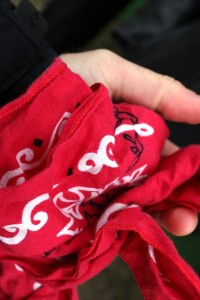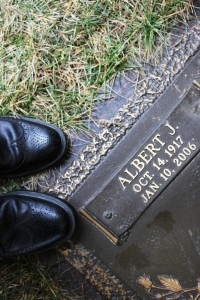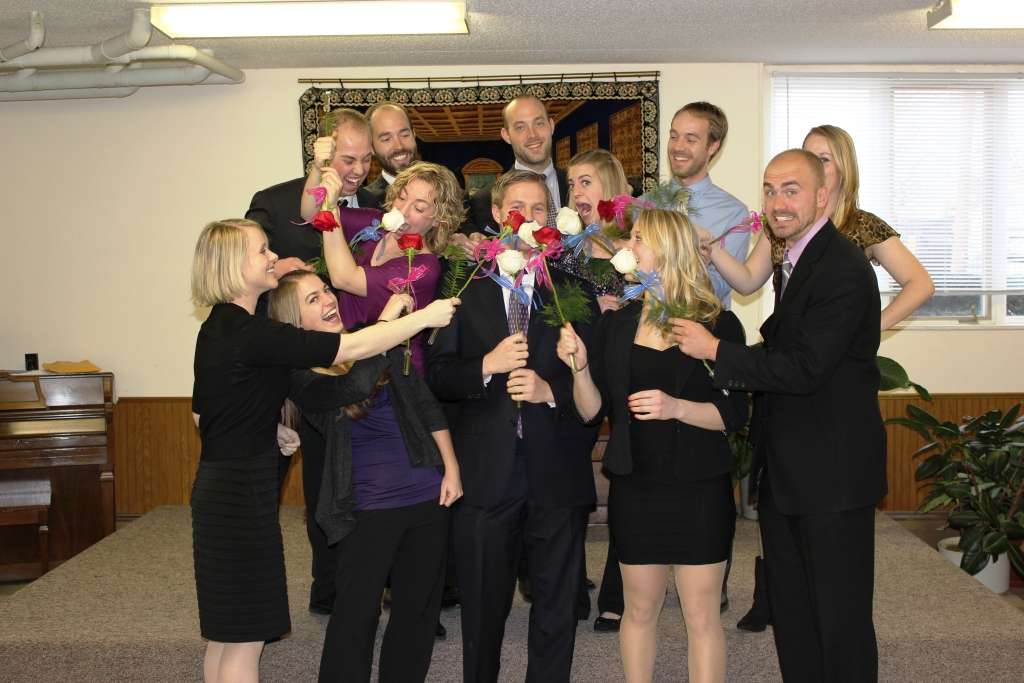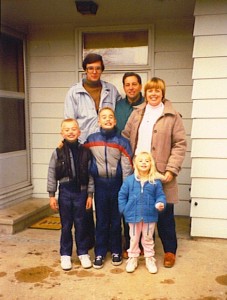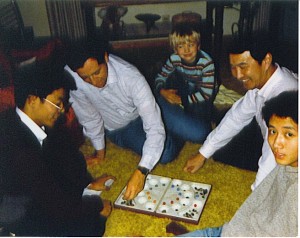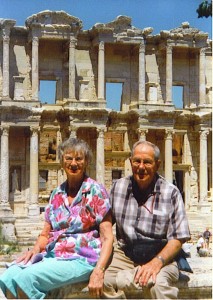The last time I needed to make about 1,200 copies for a project, it took me close to 4 hours. In a country that continues to develop its infrastructure, what can be considered a basic task can turn into the most complicated ordeal. In the last episode of printing, four hours were spent trudging from copy shop to copy shop when there was no electricity, or copy machines running out of toner, paper jams that resembled DC’s 495 at 8:00am, “out to lunch” signs or just closed doors, prices of 9 cents a copy for black and white (do the math for 1,200), and traditional copying woes like snail-like printing. Don’t even get me started on stapling . . .
Well, this time, 1,200 copies took about 15 min at six times less the cost.
 Take a look at my man Martin. With his left hand he’s holding two sets of two sheets of paper together and with his right hand he’s delivering what can only be described as a stapling beat down. The rhythm of his attack is calculated, precise, and deadly; it’s a battle march that carries over the fields and mountains of stationery. The hills and valleys echo his triumphant firing and reloading, and stacks of fresh, 24lb, A4 paper sit in silence contemplating their imminent fate.
Take a look at my man Martin. With his left hand he’s holding two sets of two sheets of paper together and with his right hand he’s delivering what can only be described as a stapling beat down. The rhythm of his attack is calculated, precise, and deadly; it’s a battle march that carries over the fields and mountains of stationery. The hills and valleys echo his triumphant firing and reloading, and stacks of fresh, 24lb, A4 paper sit in silence contemplating their imminent fate.
He’s a veteran and an active duty juggernaut, so when we proposed the idea of 300 double-sided stapled surveys, he smirked — along with mangu and eggs, he eats projects like this for breakfast. It’s a mere afterthought as he plows through the mess and makes order with four neatly stacked piles to carry out of his shop. He is a machine. In fact, he’s faster than the machine spitting out the copies. He’s outsmarted it and outfoxed it, and chuckles when I consider his work magic.
Like many things in life, and certainly relating to my experience here, I look to the heavens and ponder “Why all this pain, all this run-around, all this difficulty, when 3 minutes from my apartment, stands the solution, the “Martin,” the chief and ruler of the place called ‘Copy Master’ annihilating beasts of tasks that plagued me.”
The question we may come to when we come out of a struggle could be a bittered, heavy-hearted lament:
“If only I had known, oh what pain I could have saved myself.”
I’m still trying to get rid of that, and indeed, I try to consider most of my episodes like the copying fiasco as simply elements that help me arrive to the destination. I remember when I used to take two public cars back from Parque Enriquillo, now I take just one guagua. I remember when I paid transaction fees to withdraw money, then I got a Bank of America card and pay nothing to withdraw money from a ScotiaBank (bank friends). I remember being confused in Spanish in relation to what I asked, and then I paraphrased what I heard and asked for affirmation, a simple yes or a no. That changed my world.
We live and we learn, don’t we?
My goal is to make hindsight less bittersweet. And for that, I need to just take the bitter out of the ingredients, so that when I arrive at “Copy Master,” meet the valiant Martin, I can simply snap a picture, get my copies, and rejoice that I’ve finally found the solution.
Oh, how sweet it is.

